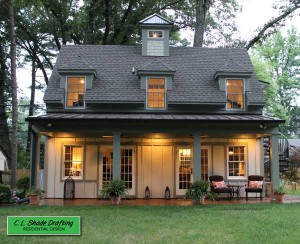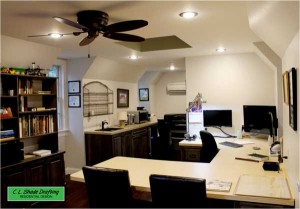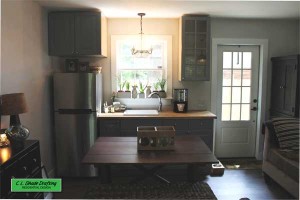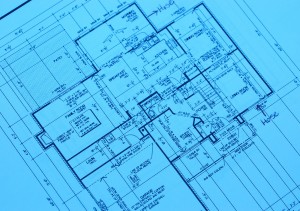Remodeling trends may come and go, but one trend has evolved into an improved design movement focused on increasing accessibility for everyone in the home. The National Association of the Remodeling Industry (NARI) recognizes universal design projects as proven design solutions for not only aging-in-place, but for families with special needs or anyone who wishes to move about his or her home freely, without barriers.
Russell Long, president of Aloha Home Builders based in Eugene, Ore., is a pioneer of universal design, remodeling his home to fit the accessibility needs of his 16-year-old son who was born with cerebral palsy.
Though Long’s accessibility needs may be greater than others, he always communicates the benefit of universal design to all of his clients. “Most people don’t think about universal design until it’s too late,” he says. “A healthy person can be injured or need to care for a loved one who is aging, and suddenly, your needs have changed,” he says.
Long believes many of the design elements incorporated into his project, which won a 2012 Northwest Regional CotY Award in the Entire House $500,000 to $1,000,000 category with Universal Design Project Recognition, are convenient and luxurious, as well as functional and wheelchair accessible. For example, the universal design features from his project include:
- Zero barriers, which mean there are no steps in the home, especially for entryways. All living quarters are on the first floor, with the exception of an upstairs area that was converted into an apartment with the purpose of housing a caregiver at some point.
- Wide hallways, open living spaces and dual entries in all rooms are common design elements used in wheelchair accessibility. Long’s hallways are more than 5 feet wide, and living spaces are expanded so wheelchairs can move around furniture easily. Also, two entryways in all rooms—including the living room, dining room and kitchen—allows for ample traffic flow throughout the house.
- Microwaves drawer and/or refrigeration drawers are also common in universal design, but Long says it is also a stylistic feature for those who prefer to showcase beautiful cabinetry and granite countertops rather than the eye-sore of a microwave taking up counter space.
- Hardwood flooring is superior over carpeting for wheelchair accessibility. Long removed all carpeting on the first floor and installed engineered hardwood flooring throughout the entire floor, only covering certain areas with rugs. The new flooring also allowed for a five zone, energy-efficient radiant heating system throughout the house, which couldn’t have been accomplished with carpeting.
- Ramped pool entrance is a unique design feature developed by Long to make it easier for his son to be transferred in and out of the pool safely. However, once installed, the ramped entrance doubles as a convenient bench for guests to sit on while they enjoy the pool.
The key to universal design, according to Long, is to come up with design solutions that address current needs and future needs down the road. “We tried to think of solutions that could easily be added or taken out if we needed them or decided to sell our home one day,” Long says.
He also adds a big misconception of universal design is that it looks institutional. “We research products and designs that blend functionality with beautiful aesthetics of a home, so that it never compromises a client’s style,” Long says.
NARI is the source for homeowners seeking to hire a professional remodeling contractor because members are full-time, dedicated remodelers who follow a strict code of ethics and observe high standards of honesty, integrity and responsibility.
Visit the NARI.org site to get tips on how to hire a remodeling professional and to search for NARI members in your area.
 The Goal: To create a two story addition with stylish domestic amenities on the first floor to accommodate guests and a simple office space on the second floor creating an enjoyable and comfortable place for the owner to work away from the hustle and bustle of the main home.
The Goal: To create a two story addition with stylish domestic amenities on the first floor to accommodate guests and a simple office space on the second floor creating an enjoyable and comfortable place for the owner to work away from the hustle and bustle of the main home.










